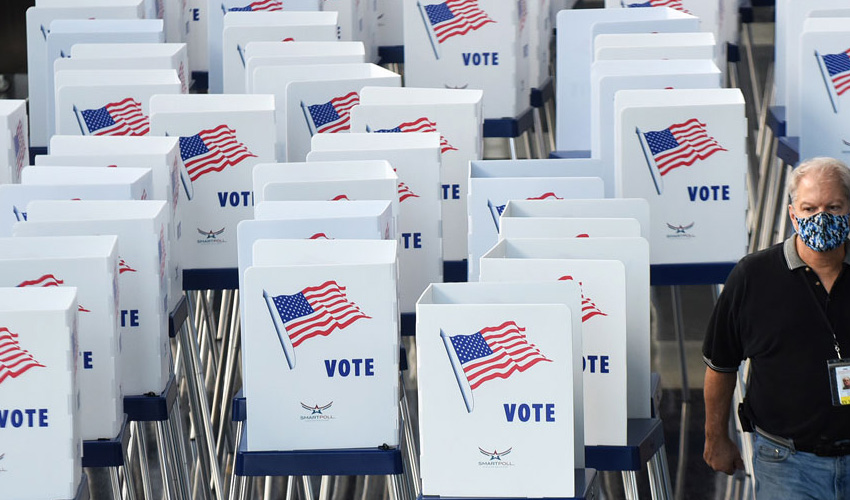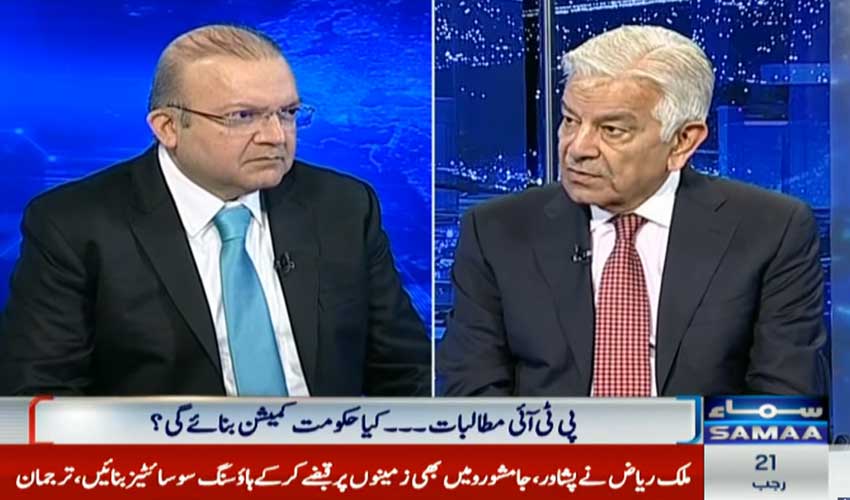As the countdown to the U.S. presidential election on November 5 begins, early voting is gaining momentum across various states. This practice which allows voters to cast their ballots before the official election day has become a cornerstone of the electoral process providing crucial opportunities for participation.
What is early voting?
Early voting encompasses both in-person and mail-in voting options that enable citizens to submit their ballots ahead of election day. This year, states like Minnesota, South Dakota, and Virginia have commenced in-person early voting, while many others have already opened their mail-in voting processes. Currently, every state permits some form of early voting, with mail-in voting being the most prevalent.
Advocates of early voting argue that it enhances inclusivity in the electoral process. By allowing individuals to vote at their convenience, early voting addresses various barriers—be it disabilities, work commitments, or travel plans—that might prevent citizens from participating on election day. This sentiment was echoed by the Miami-Dade Democratic Party, which highlighted the enthusiasm surrounding Taylor Swift’s upcoming concert in Florida, timed just before early voting begins. Such events can galvanize voter turnout, reflecting the potential of early voting to energize the electorate.
How does It work?
While the federal government sets general guidelines, the logistics of early voting are primarily determined by individual states. For instance, at least eight states automatically mail ballots to all registered voters, while 14 states require a valid reason for absentee voting. Most states offer in-person voting options before election day, with only three states lacking such provisions.
The prevalence of early voting has surged in recent years. In the 2020 election, during the COVID-19 pandemic, more than 100 million Americans voted early—representing about two-thirds of all voters that year. This surge included many overseas voters, military personnel, and individuals with disabilities, all of whom have historically taken advantage of early voting.
The controversy surrounding early voting
Despite its benefits, early voting—particularly mail-in voting—has faced significant controversy, especially following the 2020 election. Unfounded claims of voter fraud emerged, primarily because Democrats have historically favored mail-in ballots, whereas Republicans tend to vote in person on election day. This disparity has led to scenarios dubbed “blue shift” or “red mirage,” where early election results initially favor Republican candidates, only to change as mail-in votes are counted.
Former President Donald Trump famously claimed that mail-in voting was rife with fraud, a narrative that continues to influence perceptions around early voting. In response, many state legislatures have introduced new restrictions, increasing scrutiny on mail-in ballots in the wake of the 2020 election. However, this election cycle, the Republican Party seems to be embracing early voting, particularly as Trump campaigns against Democratic candidate Kamala Harris.



























